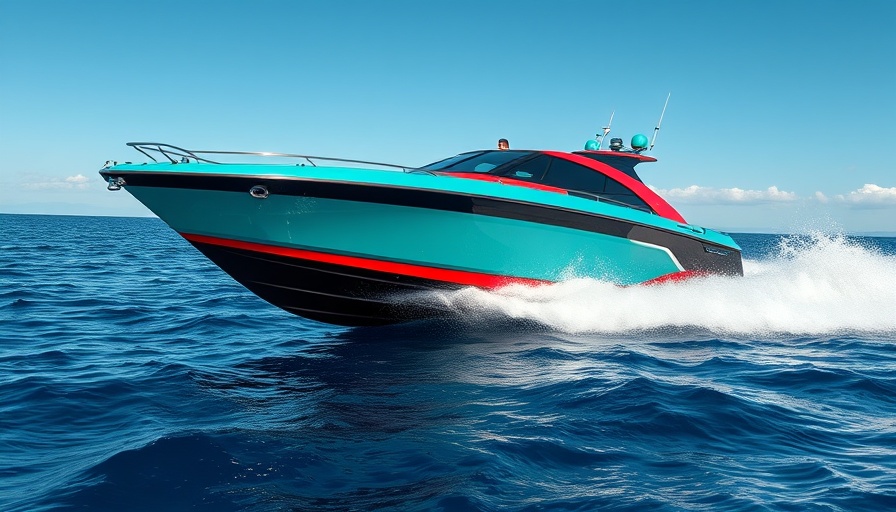
Understanding the Role of MARAD Financial Assistance
The U.S. Government Accountability Office (GAO) has recently highlighted the importance of financial assistance programs managed by the Maritime Administration (MARAD). With around 800 employees and facing staff turnover alongside a significant portion eligible for retirement, MARAD occupies a pivotal role in maintaining and advancing the nation’s maritime capabilities. The scrutiny from GAO spotlights ongoing challenges that MARAD must address to ensure these programs effectively bolster the U.S. maritime industry.
Analyzing Key Financial Assistance Programs
MARAD administers several financial assistance programs such as the Federal Ship Financing Program (Title XI), a program that offers crucial loan guarantees for the construction of vessels at U.S. shipyards. Over the past five years, this program has executed two guarantees totaling approximately $400 million, demonstrating its direct impact on vessel construction finance.
In addition, the Construction Reserve Fund Program and the Capital Construction Fund Program provide significant tax deferral opportunities for vessel owners or operators. These programs have seen participation from 137 vessel operators in 2024, showcasing their popularity and relevance in financial planning for maritime operations. The support is particularly significant given the increasing complexity and costs associated with new vessel builds and maritime initiatives.
Empowering Small Shipyards
The Small Shipyard Grant program is another essential element of MARAD’s assistance portfolio, aimed specifically at small shipyards that may struggle with funding for essential equipment or training. With over $8 million available and 78 applicants seeking nearly $50 million, it’s evident that these grants could play a critical role in enhancing the capabilities and competitiveness of smaller shipyards nationwide.
Performance Gaps in MARAD Programs
Despite the relative success of these programs, GAO highlighted substantial gaps in how MARAD measures their effectiveness. Without established measurable goals or a systematic assessment of program performance, it is challenging for MARAD to evaluate the true impacts of these financial assistance efforts on the U.S. maritime fleet growth and, subsequently, national security. This evaluation could reveal essential modifications needed to enhance shipbuilding capacities going forward.
The Path Towards Improvement
In its research, GAO surveyed domestic vessel owners and shipbuilding companies, emphasizing the need for a clear and effective management structure within MARAD. The organization visited shipyards and gathered insights from over 31 industry stakeholders to form a comprehensive perspective on how MARAD can improve its programs moving forward.
With the maritime industry integral to national defense and economic prosperity, GAO’s recommendations may provoke essential conversations regarding the direction of MARAD programs. By developing measurable goals and enhancing performance assessments, MARAD can passionately drive the U.S. shipbuilding agenda.
Conclusion: Shaping the Future of Maritime Support
The information and strategies curated by GAO not only reflect the current state of MARAD’s financial assistance programs but also echo the call for systematic improvements that could bolster the U.S. maritime industry. As policies evolve, the outlined steps could play a vital role in fostering a robust maritime sector that meets the nation’s future needs.
 Add Row
Add Row  Add
Add 




Write A Comment